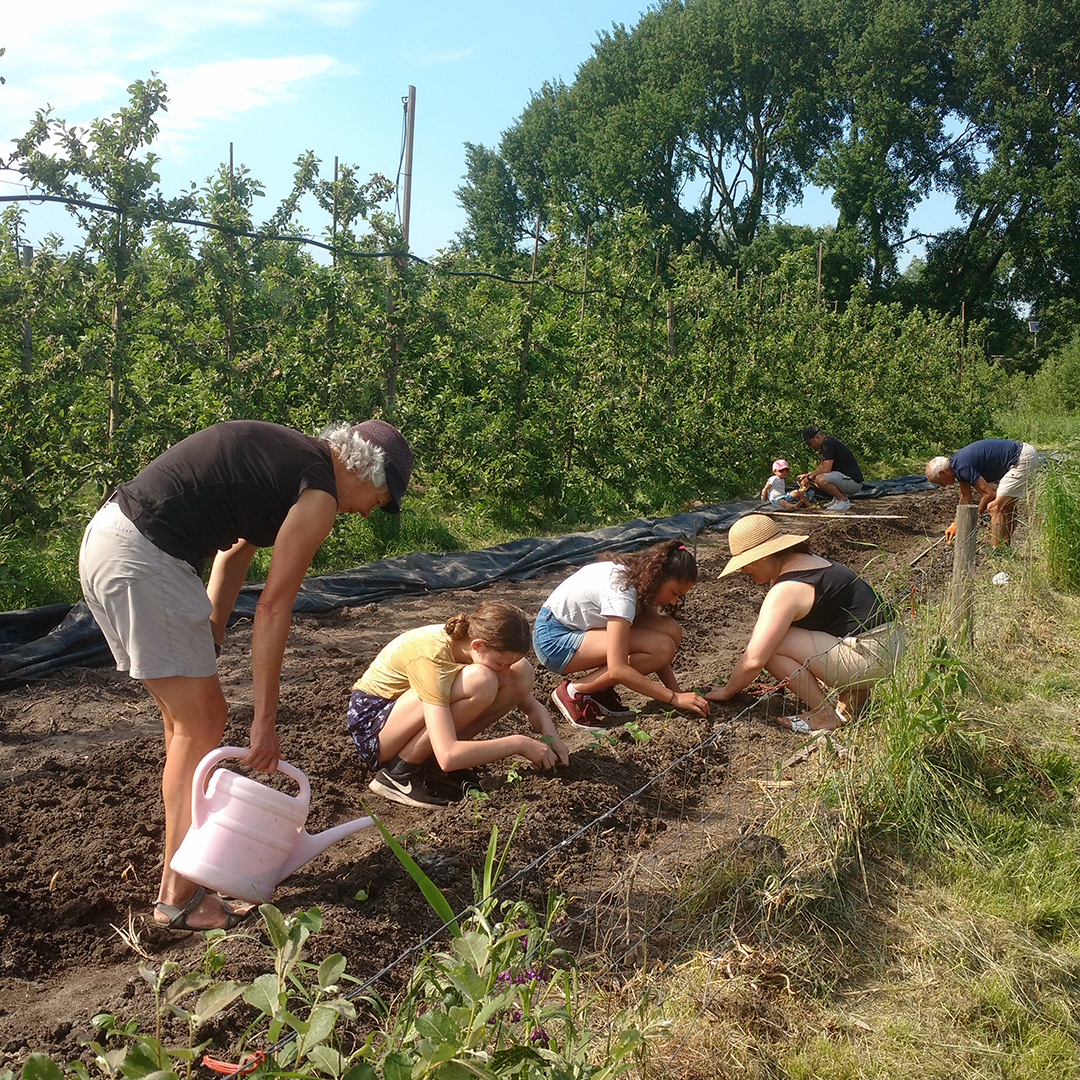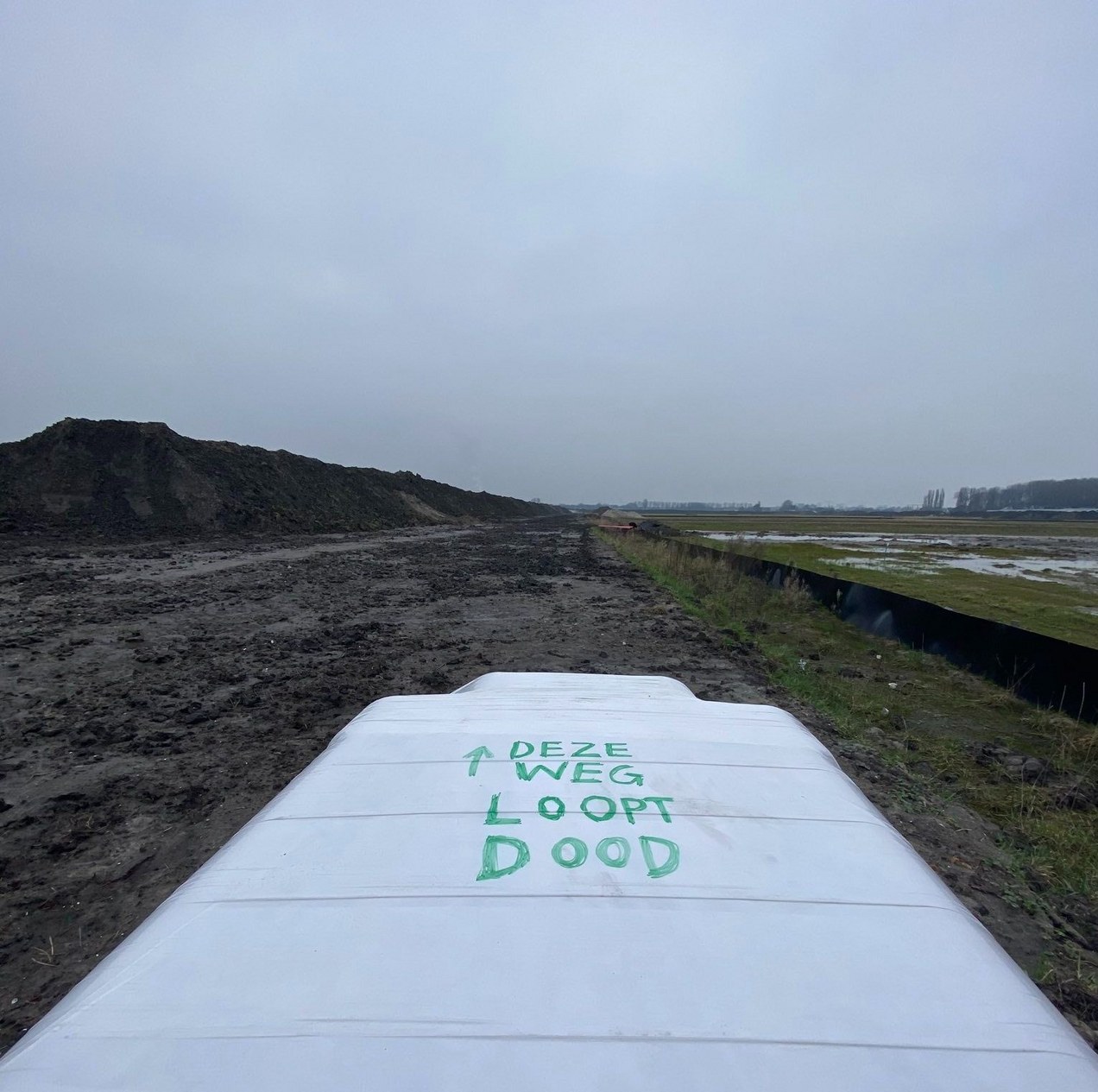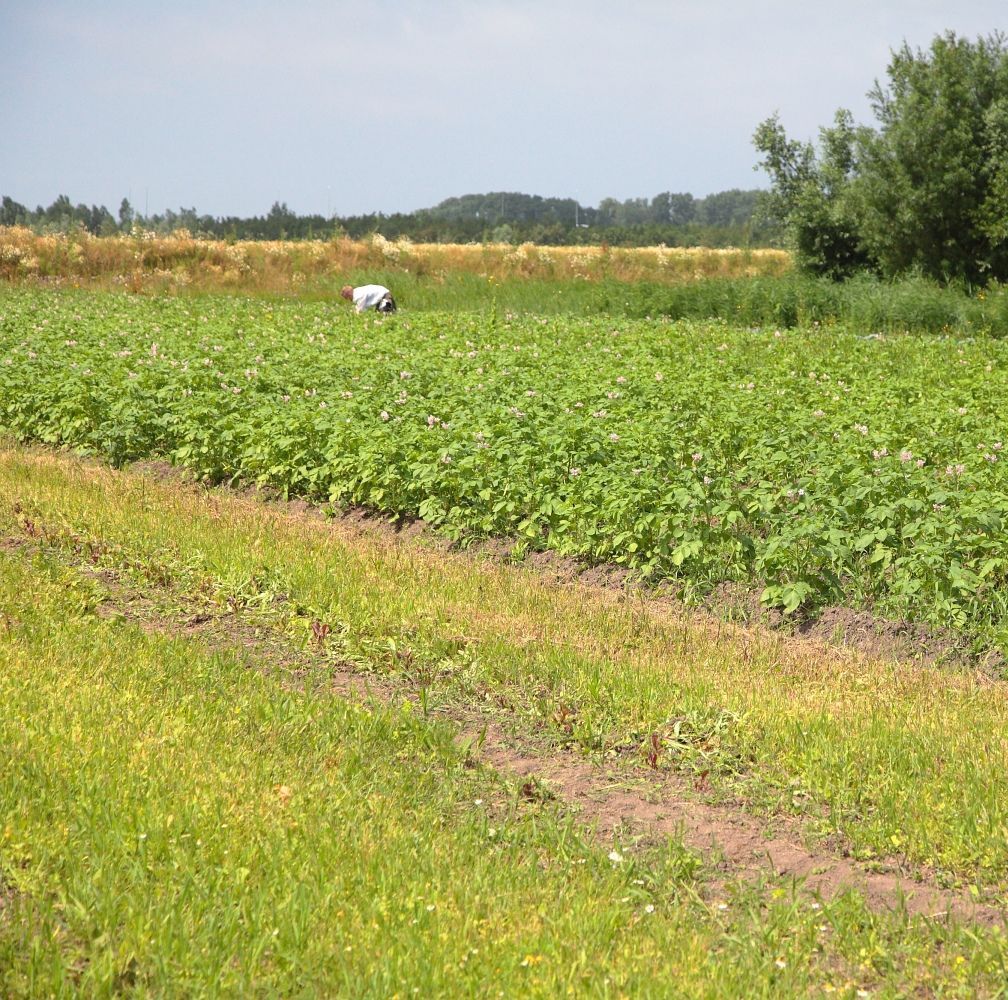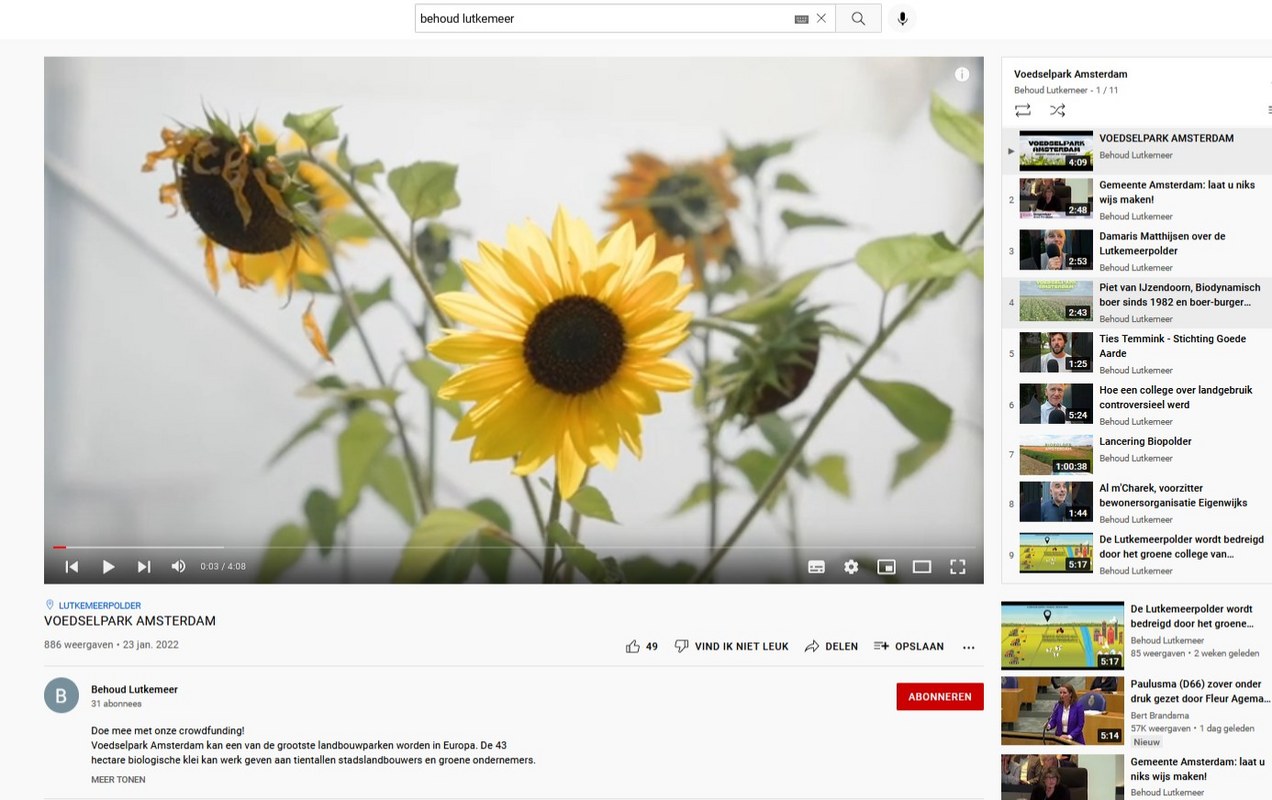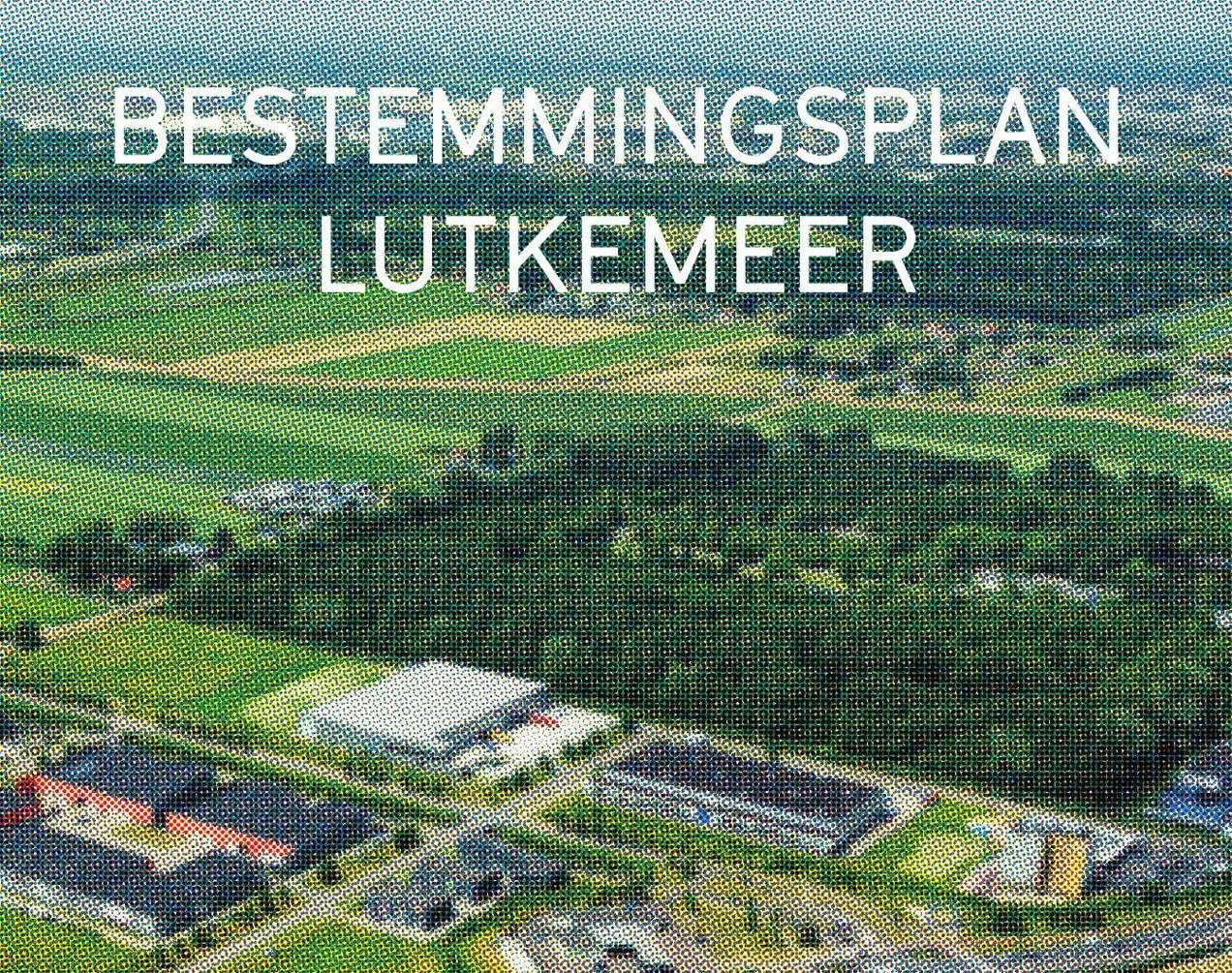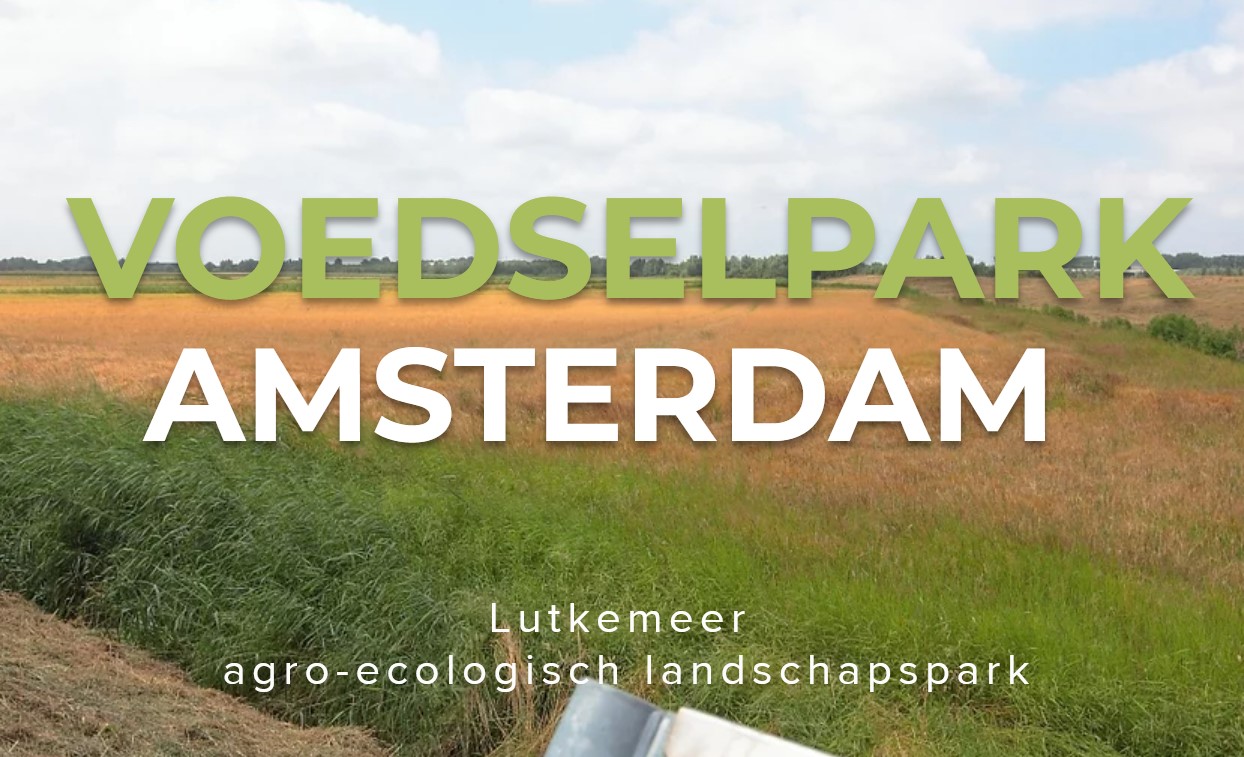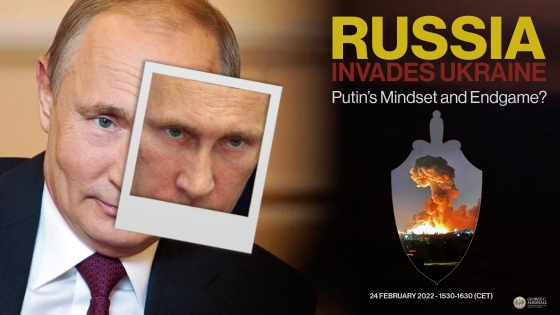
This is a summary of the discussion at the latest workshop of the current series of online Russia Hybrid Seminar Series (RHSS) webinars held on February 24, 2022 by the George C. Marshall European Center for Security Studies (GCMC) in Garmisch-Partenkirchen, Germany. The summary reflects the overall tenor of the discussion, and no specific element necessarily should be presumed to be the view of either of the participants.
Context:
On February 24 2022 at 0300 GMT President Putin in a nationwide address announced a “special military operation” against Ukraine. He argued that the West – an “Empire of lies” – sought to destroy Russia’s “traditional values”. Red lines had been crossed: “in the last few days the NATO leadership has been speaking about the need to accelerate the advance of the alliance’s infrastructure towards Russia’s borders”. An aggressive “anti-Russia” was being created at Russia’s borders: “For us it is a matter of life and death, the matter of our historic future as a nation [Rus: narod]. This is the very red line I have spoken about many times. And they have crossed it.” Putin stated the goals of this “special military operation”: “we will strive for the demilitarisation and denazification of Ukraine … Our plans do not include the occupation of Ukrainian territories. We are not going to impose anything on anyone by force …”. In the same breath he then warned against “interference”: “Whoever tries to interfere with us, let alone create threats for our country, for our people, should know that Russia’s response will be immediate and will lead you to such consequences that you have never experienced in your history.”
Russia’s Goals:
Almost immediately Russia began to invade Ukraine, from Belarus, the Black Sea, Crimea, and Russian-controlled Donbas. President Putin’s recognition of the so-called Donetsk People’s Republic (DNR) and Luhansk People’s Republic (LNR) following the emergency session of the Russian Security Council on 21 February 2022, was to engage directly with the Ukraine military. The subsequent and further multi-axis invasion of Ukraine had, according to Putin, two main goals – ‘demilitarization’ and ‘denazification’:
- ‘Demilitarization’: this translates into the military defeat of the Ukrainian armed forces and militia’s in the field. To that end Russia attacked Ukrainian military infrastructure, command and control, and launched information operations and cyber-attacks seeking to degrade the Ukraine’s ability and will to fight. Going hard and fast and everywhere from the outset was designed to cause military collapse, allowing large cities to be surrounded and then surrenders/liberation to be negotiated.
- ‘Denazification’: this entail forced regime change through killing or capturing and imprisoning the current government under the charge that they are neo-Nazis leading a fascist junta that has undertaken genocide against Russian speakers. The question of how deep the ‘denazification’ process is supposed to run is unclear: does it include civil society activists, anti-corruption bodies, civil disobedience and become the label used to justify mass repressions?
- Putin’s 5-step theory of victory: we can infer a series of logical steps in line with Putin’s stated aim of denying Ukraine statehood: 1) the process of demilitarization leaves the state unprotected; 2) regime decapitation under the guise of ‘denazification’ creates a leadership vacuum and breaks the will of society to resist; 3) Russia fills the leadership vacuum with pro-Russian stooges then are recognized by Moscow, the Ukrainian constitution is changed, and state stabilized; 4) the new leadership sign a “Minsk 3” agreement recognizing Crimea as part of Russia and the two Donbass territories as independent states and conclude as security pact with Russia; 5) Over the longer term full-scale costly and reputation-sapping military occupation is not necessary to exert sufficient control over a ‘Russian Ukraine’. Russia exercises power at much lower cost through elite proxies, soft power tools (media control) and the cooption of some regional elites and representatives. As we noted in RHSS#1 summary: “Putin seeks to extinguish Ukraine as a politically pluralist democratic polity with a vibrant civil society on Russia’s doorstep, removing a legitimation challenge to a dictatorial and quasi-monarchial Russia.” In the process Russia destroys the notion of Ukraine as an independent entity, the very idea of Ukrainian statehood.
- Putin’s 1956/1968 Instrumental Beliefs: There are two Soviet intervention models that provide loose comparisons and analogies for understanding Putin’s strategic behavior. First, in late 2020 Putin threatened the Belarusian opposition that Russia would intervene with a “law enforcement reserve force”. This was akin to Soviet military mobilization on the border with Poland in 1981. Second, Russia’s invasion of Ukraine in 2022 compares to Soviet interventions into Hungary in 1956 and Czechoslovakia in 1968, with Prague and Budapest substituting then for Kyiv today. Invasion or ‘intervention’ was then and is now justified by the restoration of ‘order’.
- Putin’s 1941-45 Philosophical Beliefs: While Russia conducts a “war of aggression against a sovereign state”, in the words of Germany’s foreign minister, and a democratic Ukraine fights for survival against a dictatorial Russia, Putin is caught in his own time warp. He appears to be fighting the Great Patriotic War in miniature. In his ‘special military operation’ speech of 0300 GMT 24 February, Putin notes that in 1941 the USSR made a mistake in “pleasing a potential aggressor. We won’t make such a mistake for the second time, we do not have the right to.” Putin understands Russia to be refighting “neo-Nazis”, a “fascist junta” in Kyiv, one that practices genocide, and is in need of denazification. Putin wages war in the present to purge the past and rid Russia of grievances, resentments, and humiliations. Thus while post-war Soviet intervention practice may provide models that shape ‘Putin’s the tactician’s’ instrumental beliefs, the Great Patriotic War very much shapes ‘Putin the ideologue’s’ picture of the world, the philosophical beliefs in his operational code.
Putin’s Risk Calculus and Reality Check/Miscalculation?
- Putin’s Inner Circle and Decision–Making: There is evidence to suggest that as of late spring 2021 a decision had been made to invade, with planning far advanced by October 2021, but this was not preordained and precise timing and choreography had yet to be settled. The televised Russian Security Council meeting of 22 February was an attempt to broaden the circle of responsibility by publicly associating all Security Council members with the decision to recognize the rebel DNR and LNR as independent states. In reality, the Security Council is not a decision-making forum. It may offer assessments and advice. Putin’s inner decision-making circle shrinks to three or four individuals: Alexander Bortnikov (Head of FSB), Sergei Patrushev (Secretary of Security Council), Sergei Naryshkin (Head of SVR) and Sergei Shoigu (Defense Minister). The first three, at least, appear more hard-line than Putin himself regarding opposition to the West and a desire to reassert Russian great power status, prestige and honor. They have most to lose from Putin stepping down in 2024 and are most invested in ‘victory’ over Ukraine. Putin clearly conflates “Russia’s destiny” with his continued rule.
- Russian Public Support/Opinion: There was no real attempt to mobilize public support in Russia prior to the invasion. This suggests that either passive or apathetic support is sufficient. It may reflect Putin’s thinking public support for something is not important, it only becomes so when it is against him. The justification for invasion – that the Ukrainian leadership are Nazi’s – is one that superficially will have broadest appeal in Russia, but on closer appeal creates cognitive dissonance: President Volodymyr Zelensky is Jewish as well as Russian-speaking and where is the evidence of genocide committed against the Russian speakers in Ukraine? Public protests in Russia are sporadic and small-scale but nevertheless are occurring. Russian state controlled media fully support the “special operation to protect the Donetsk and Luhansk people’s republics”, but near-silence on actions along other vectors of attack from Belarus or operations near Kharkiv will be hard to sustain. How is carnage in Kyiv to be explained?
- Insurgency”: The ability of the less well-equipped Ukrainian military to retard Russian advances under Russian air superiority points to morale and motivation differences as an important factor in warfare. The longer the conventional military conflict, the more radicalized the Ukrainian population and more determined to undertake passive resistance, civil disobedience and insurgency, the less legitimate pro-Russian elements in Ukraine will be. If Russia should try and adopt ‘Syria tactics’ in quelling resistance in the cities of a brother nation – attack schools, hospitals and bakeries to create refugees – it will suffer a massive reputational loss. The first casualties will be Ukrainian civilians, the second Russian narratives associated with ‘liberation from a junta’ and ‘Slavic brotherhood’. Liberators do not fight their way into “the mother of all Russian cities”.
- Western unity: Sanctions are designed to impose costs, to deter further escalation in the short-term and curtail Russia’s ability to do more harm in the longer-term, as well as to demonstrate unity, and provide Ukraine with time. Current sanctions appear designed to impose systemic costs to the Russian economy and curtail the consumption habits and mobility of Russia’s elite. The triggering of SWIFT cut-off and personal sanctions on Putin are held back for now as an escalatory reserve and conditional on how Kyiv is taken.
- Belarus: President Alyaksandr Lukashenka loses in most scenarios bar one: prolonged Ukrainian resistance and need for mediation. In other respects he is even more dependent on Putin. Arguments advanced by Putin regarding Ukraine’s lack of statehood and “ancient Russian lands” can also be made to work against an independent Belarus. The limits of Lukashenka’s autonomy is likely to be the extent to which he can keep the Belarusian military on Belarus soil. Lukashenka has stated: “our troops do not take any part in this operation.”





